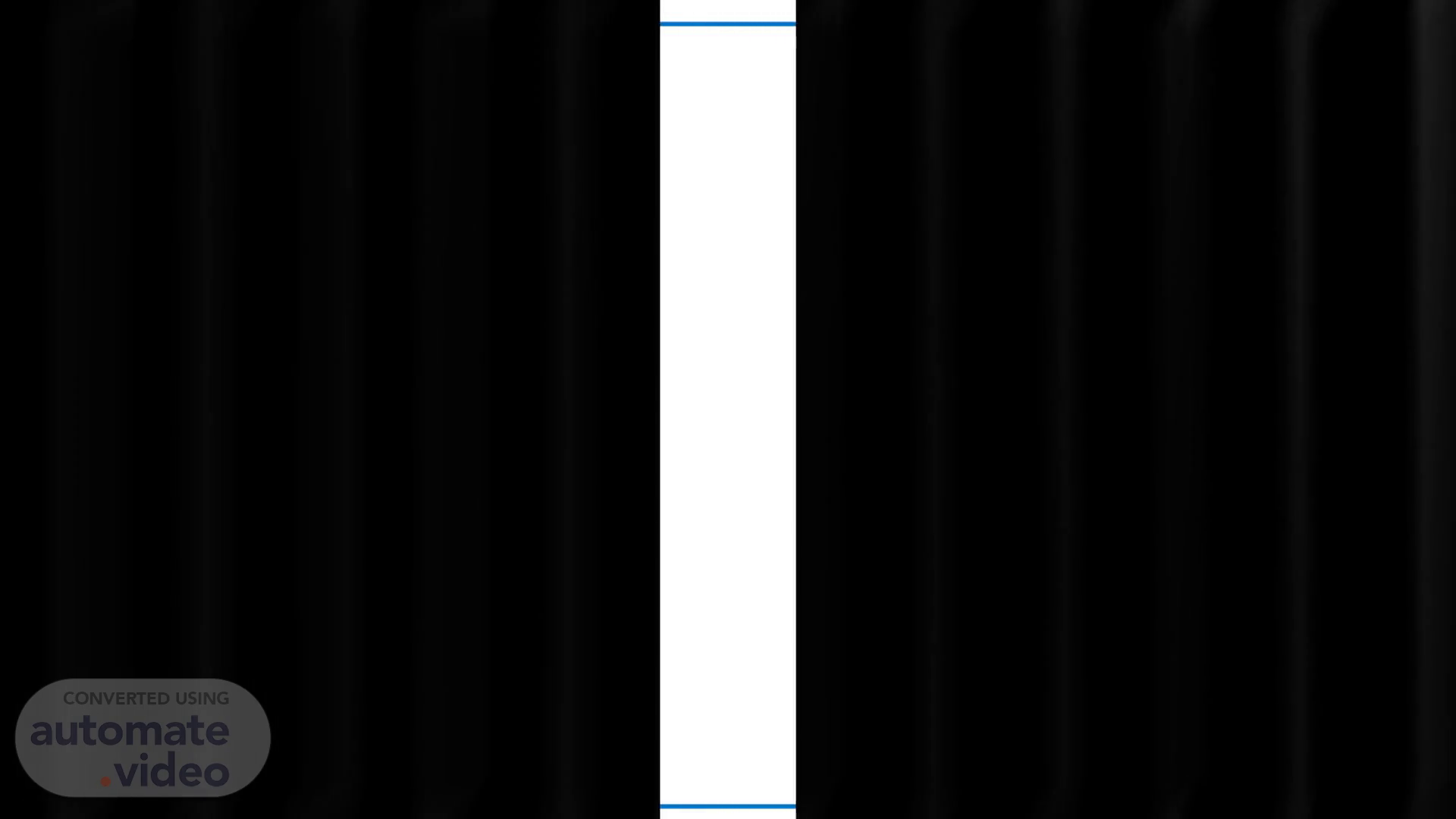Scene 1 (0s)
[Audio] Unit 4 Business Documents Suran Rai. UNIT 4.
Scene 2 (13s)
[Audio] The unit outline is as follows: Memo, What to include in a memo, Key characteristics of a memo, Types of memos, Reports, Types of reports, Employment communication, Differences between a Resume and Curriculum vitae, Parts of a resume, Types of resumes..
Scene 3 (34s)
[Audio] A memo is a short written message used within a company to share information, provide updates, or give instructions. It is an official communication between two individuals within the same organization. Memos are typically printed documents and have historically been used for everyday communication within businesses..
Scene 4 (55s)
[Audio] What should be included in a Memo? Memorandum To: [Recipient's Name(s) and Title(s)] CC: [CC Recipient’s Name and Title] From: [Your Name and Title] Date: [Date] Subject: [Brief and Clear Subject of the Memo] Contents: 1. Introduction 2. Background/Context 3. Main Content 4. Action Required/Next Step 5. Conclusion Attachments: [List any attached documents, if applicable].
Scene 5 (1m 29s)
[Audio] Key Characteristics of a Memo: Clear purpose Concise and direct internal communication Structured format Simple language Formal and informal tone Focused on action or information Data-sensitive Can include attachments.
Scene 6 (1m 45s)
[Audio] Types of Memo. 1. Informational Memo 2. Request Memo 3. Confirmation Memo 4. Periodic Report Memo 5. Suggestions Memo 6. Results Memo.
Scene 7 (2m 1s)
[Audio] Rapports Un rapport est un compte rendu écrit de quelque chose que l'on a observé, entendu, fait ou enquêté. Il s'agit d'une présentation systématique et bien organisée des faits et des conclusions d'un événement qui s'est déjà produit quelque part. Objectif : Le but de la rédaction d'un rapport est de communiquer des informations clairement et systématiquement à un public cible. Les rapports sont utilisés comme forme d'évaluation écrite pour savoir ce que vous avez appris de votre lecture, de votre recherche ou de votre expérience, et pour vous donner l'expérience d'une compétence importante largement utilisée sur le lieu de travail..
Scene 8 (2m 39s)
[Audio] There are various types of reports, including incident reports, informational reports, analytical reports, research reports, progress reports, business reports, technical reports, audit reports, evaluation reports, and personal reports..
Scene 9 (2m 58s)
[Audio] Employment communication refers to the transfer of information between employers and employees, which includes topics such as job responsibilities, performance standards, company policies, and feedback. Examples of tools used in employment communication may include memos, emails, meetings, cover letters, resumes, interviews, and performance evaluations..
Scene 10 (3m 24s)
[Audio] The difference between a resume and a CV is as follows: Resume: A resume highlights the skills that are relevant to the desired job. It should typically be one to two pages in length, but in rare cases, it can extend up to three pages. It may include any publications that are relevant to the job and only lists honors and awards if there is nothing else to include. A resume can be formatted chronologically or by highlighting functional skills. It is tailored specifically to the job position. Curriculum Vitae (C-V---): A CV is used for academic and research positions. It should include achievements in school and other academic work. The length of a CV depends on the individual's experience, but it can often extend to many pages. It lists any publications and studies that the individual has written or been a part of. Academic honors and awards are always included in a CV and it is formatted chronologically. A CV provides a general overview of an individual's background and life..
Scene 11 (4m 33s)
[Audio] Resume Components: Full Name and Current Profession Personal Statement Contact Information Education Skills Professional Experience Certification and Professional Development Additional Information.
Scene 12 (4m 46s)
[Audio] Types of resumes: 1. Chronological Resume: This type of resume focuses on your work history, listing your most recent job first and going backward. It is best for individuals with a consistent work history or those who have experienced career growth, especially in the same field. This type of resume highlights your job experience and longevity. 2. Functional Resume: Unlike a chronological resume, a functional resume emphasizes on skills and experience rather than the timeline of work history. It is ideal for individuals with gaps in their employment, career changers, or those with diverse job experiences. This type of resume highlights your competencies and accomplishments instead of specific job titles..
Scene 13 (5m 37s)
[Audio] A combination or hybrid resume combines elements of both chronological and functional formats. It highlights skills first and then includes a brief work history. This type of resume is ideal for individuals with a strong set of skills and relevant experience, who also want to demonstrate consistent career advancement. It is useful for showcasing both capabilities and professional growth..
